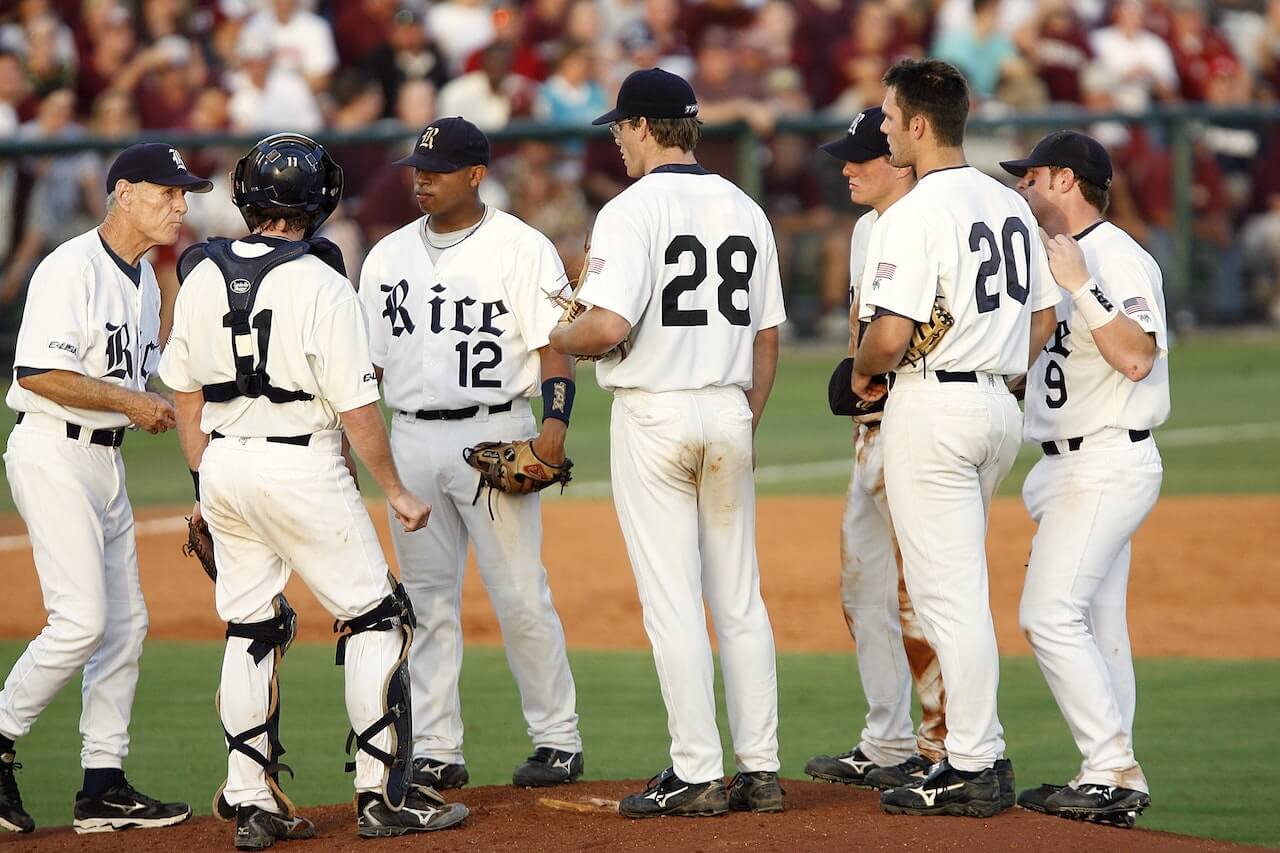When it comes to evaluating baseball players, there are numerous statistics that teams and fans alike use to determine a player’s value. One such statistic is MVR, which stands for Most Valuable Runner. MVR is a relatively new statistic that was first introduced in 2019, and it seeks to measure a player’s overall contribution to their team’s ability to score runs.
At its core, MVR attempts to quantify a player’s ability to advance runners on the basepaths. This includes things like stealing bases, advancing on wild pitches or passed balls, and hitting sacrifice flies or bunts. By measuring a player’s ability to move runners along, MVR aims to capture the ways in which a player can help their team score runs, even if they aren’t necessarily the ones crossing home plate.
While MVR is still a relatively new statistic, it has already gained a following among baseball analysts and fans. Some argue that it provides a more complete picture of a player’s value than traditional stats like batting average or home runs, as it takes into account a wider range of skills. As such, MVR is likely to continue to be an important part of the baseball lexicon for years to come.
What is MVR in Baseball?
In baseball, MVR stands for Most Valuable Runner. It is a statistic that helps determine the value of a runner on base. MVR is a relatively new statistic that has gained popularity in recent years due to its ability to measure the impact of a runner on a game.
Definition of MVR
MVR is a statistic that takes into account the number of runs a runner scores, the number of runs batted in (RBIs) by the batter while the runner is on base, and the number of bases the runner advances on hits, walks, and other plays. The formula for MVR is:
MVR = (Runs Scored + RBIs) / (Total Bases + Walks + Hit By Pitch)
Why is MVR Important in Baseball?
MVR is important because it helps teams evaluate the value of a runner on base. A runner who scores a lot of runs and helps the batter drive in runs will have a high MVR. This means that the runner is contributing significantly to the team’s success. Teams can use MVR to make decisions about which players to keep on the roster and which players to trade or release.
Additionally, MVR can help coaches make strategic decisions during games. For example, if a team has a runner on first base with no outs and a batter who is good at hitting the ball to the opposite field, the coach may decide to have the runner attempt to steal second base. If the runner is successful, he will increase his MVR by advancing to second base and putting himself in a better position to score a run.
How is MVR Calculated?
In order to calculate MVR, several factors are taken into account. This section will discuss the formula used to calculate MVR and the factors that affect it.
Formula for MVR Calculation
The formula for calculating MVR is fairly simple. It is calculated by taking the total number of bases a player has advanced, and dividing it by the total number of outs they have made. The formula is as follows:
MVR = (Total Bases Advanced / Total Outs Made)
Factors that Affect MVR Calculation
There are several factors that can affect a player’s MVR. These include:
- Speed: Faster players are more likely to advance more bases, which can increase their MVR.
- Power: Players with more power are more likely to hit extra-base hits, which can increase their MVR.
- Position: Certain positions, such as outfielders, are more likely to have opportunities to advance bases, which can increase their MVR.
- Opponent: The quality of the opponent can affect a player’s ability to advance bases, which can affect their MVR.
It is important to note that MVR is not a perfect measure of a player’s value. It does not take into account other factors such as defense, and can be affected by factors outside of a player’s control, such as the quality of their teammates or the park they play in.
Examples of MVR in Baseball
MVR in Pitching
One example of MVR in pitching is the earned run average (ERA). ERA measures the average number of earned runs a pitcher gives up per nine innings pitched. A lower ERA indicates a better pitcher. Another example is the strikeout-to-walk ratio (K/BB). This measures the number of strikeouts a pitcher has compared to the number of walks given up. A high K/BB ratio indicates a pitcher who can strike batters out while minimizing walks.
MVR in Hitting
One example of MVR in hitting is the on-base percentage (OBP). OBP measures how often a batter gets on base, including hits, walks, and hit-by-pitches. A higher OBP indicates a better hitter. Another example is the slugging percentage (SLG). SLG measures the total number of bases a batter gets per at-bat. A higher SLG indicates a batter who hits for power.
Overall, MVR in baseball is crucial for evaluating players and their performance. By using various statistics, teams can make informed decisions about who to draft, sign, or trade for.
Conclusion
Overall, MVR is an important statistic in baseball that can help teams evaluate a player’s overall value. While it may not be the only factor considered, it can provide valuable insight into a player’s ability to contribute to a team’s success.
When evaluating MVR, it’s important to consider a player’s position and the context in which they are playing. For example, a pitcher with a high MVR may not necessarily be the best choice for a team if they struggle in other areas, such as control or stamina.
Additionally, it’s important to remember that MVR is just one tool in a team’s arsenal when it comes to evaluating players. Other factors, such as a player’s experience, leadership, and work ethic, can also play a significant role in their overall value to a team.
Overall, while MVR can be a useful statistic, it should be used in conjunction with other factors to make informed decisions about player acquisition and team strategy.







